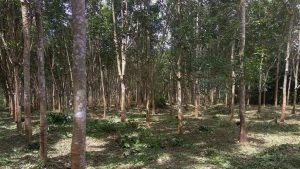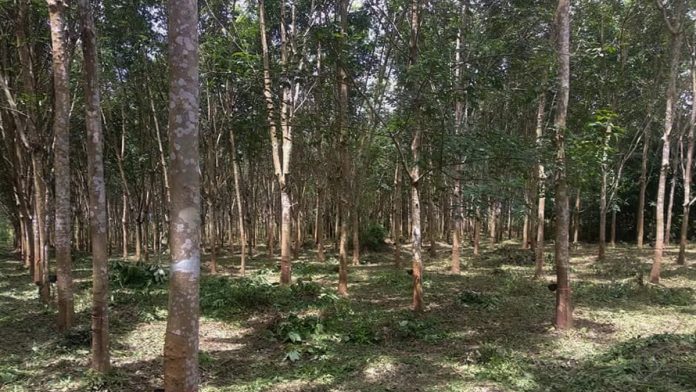According to the Rubber Enterprise Group in Mon State, demand for rubber is increasing, particularly from external markets. As a result the price for rubber sheets has also increased.

Mon State’s rubber is mostly exported to China, which is resuming their industrial projects following some relaxation of COVID-19 restrictions.
“With Covid-19 case counts dropping, China is relaxing some of their COVID-19 restrictions. As they resume production and manufacturing, demand for rubber has increased and they have started buying rubber again,” said U Aung Shwe, of Mon State Rubber Enterprise Association.
Due to the high demand, local farmers have no more of the RSS 1 type of rubber sheet.
“We do not have RSS1 anymore. All sold out. With the high demand, the buyers have come to collect all types of the rubbers. So, we are selling what we have now,” said a local rubber farmer.
Farmers have resumed rubber production and are getting a better price for their product.
The current price (per August 11) for Local RSS 3 (a type of rubber sheets) was 980 Kyat per pound, and the dried sheets price was 1000 Kyat per pound. The market price in Thailand is up to 1,200 Kyat per pound for the same type. Although the price is rising in Mon State it has not yet matched the prices in the Thai market.
Mon State is responsible for 30% of Myanmar’s rubber plantation area and each year, the state produces over 100,000 tons of rubber. The State accounts for up to 49% of the country’s total rubber production. However the sector produces a smaller percentage of the rubber grades/qualities that can command a higher price with export markets.

